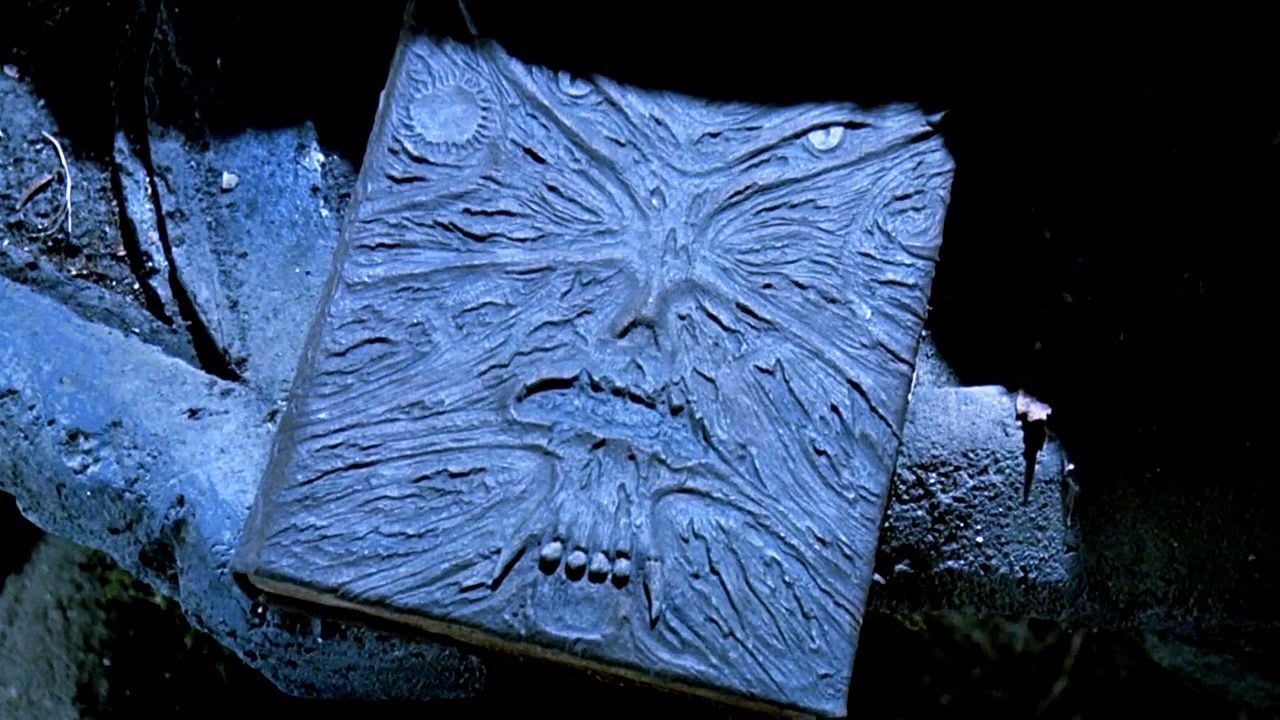When the sun sets and darkness comes, what happens to those who remain awake? This is the focus of the new exhibition at Cinema USP Paulo Emílio (CINUSP), entitled “Uma Noite Não É Nada”, on display until November 22nd.
The exhibition brings together 21 feature films from different eras and countries that explore stories that take place at night.
According to the CINUSP team, the night invites the viewer to immerse themselves in the darkness and experience the narratives of characters who live between silence, light and shadow.
The program includes films that address existential dilemmas, romantic relationships, urban adventures, social taboos and references to cinematic art itself. Check it out below!
Brick and Mirror (1964)
The film by director Ebrahim Golesta presents the dilemma of a couple who are faced with the decision to keep or get rid of a child abandoned in the back seat of the protagonist’s taxi after a night run.
I Know I’ll Love You (1986) and Who’s Afraid of Virginia Woolf? (1966)
Arnaldo Jabor involves the themes of the couple’s relationship in his plot which, having recently ended, still evokes questions and emotions from the characters’ past.
This theme reappears in “Who’s Afraid of Virginia Woolf?” (1966), a classic of American cinema directed by then newcomer Mike Nichols.
After Hours (1985)
The comedy which explores New York nightlife was directed by Martin Scorsese. However, the film’s success inspired works such as “Good Behavior” (2017) by brothers Benny and Josh Safdie, which follows Robert Pattinson in a turbulent New York.
Titles that refer to the exhibition
Other contents presented in the exhibition refer to the night, even in the titles themselves.
Michelangelo Antonioni directed the heartbreaking Italian “The Night” (1961), Makoto Wada directed the energetic Japanese “Until Midnight” (1999) and Chantal Akerman directed the sentimental Belgian “All Night” (1982), bringing the theme already in their names. .
Simone Barbès or Virtue (1980)
On the other hand, social taboos are also addressed in nightlife, as demonstrated by the film directed by the French Marie-Claude Treilhou. The film presents the daily life of a porn cinema usher and his interactions with visitors.
Goodbye, Dragon Inn (2003) and The Dragon Inn (1967)
Tsai Ming-Liang, Taiwanese director, explores cinema in “Goodbye, Dragon Inn” (2003). The film follows the last session of a decadent cinema in Taipei, where the characters watch King Hu’s martial arts classic “The Dragon Inn” (1967), dating back to the Chinese imperial period.
In fact, the film seen by the characters will also be screened.
Night in 4K
In the midst of many cinema blackouts, CINUSP has prepared a 4K Noitão with the theme of John Carpenter, director of several works. Five films were therefore screened on Friday 15th:
One Night Is Nothing continues with the screening of the French film “Ascensor para o Scaffold” (1958), by Louis Malle, the American film “Mikey and Nicky” (1976), by Elaine May, and “Party” (1989), by Ugo Giorgetti, from Sao Paulo.
The film “The Boys in the Band” (1970), by William Friedkin, which marked American LGBTQIA+ cinema, and Michael Mann’s thriller “Collateral” (2004), finally, complete the exhibition programme.
The protagonists of these films are confronted with a world out of the ordinary, in which daytime norms become widespread and unusual things can happen.
CINUSP team on feature films.
CINUSP information
The post CINUSP showcases films depicting nightlife in a free exhibition appeared first on Olhar Digital.
Source: Olhar Digital
Rose James is a Gossipify movie and series reviewer known for her in-depth analysis and unique perspective on the latest releases. With a background in film studies, she provides engaging and informative reviews, and keeps readers up to date with industry trends and emerging talents.








